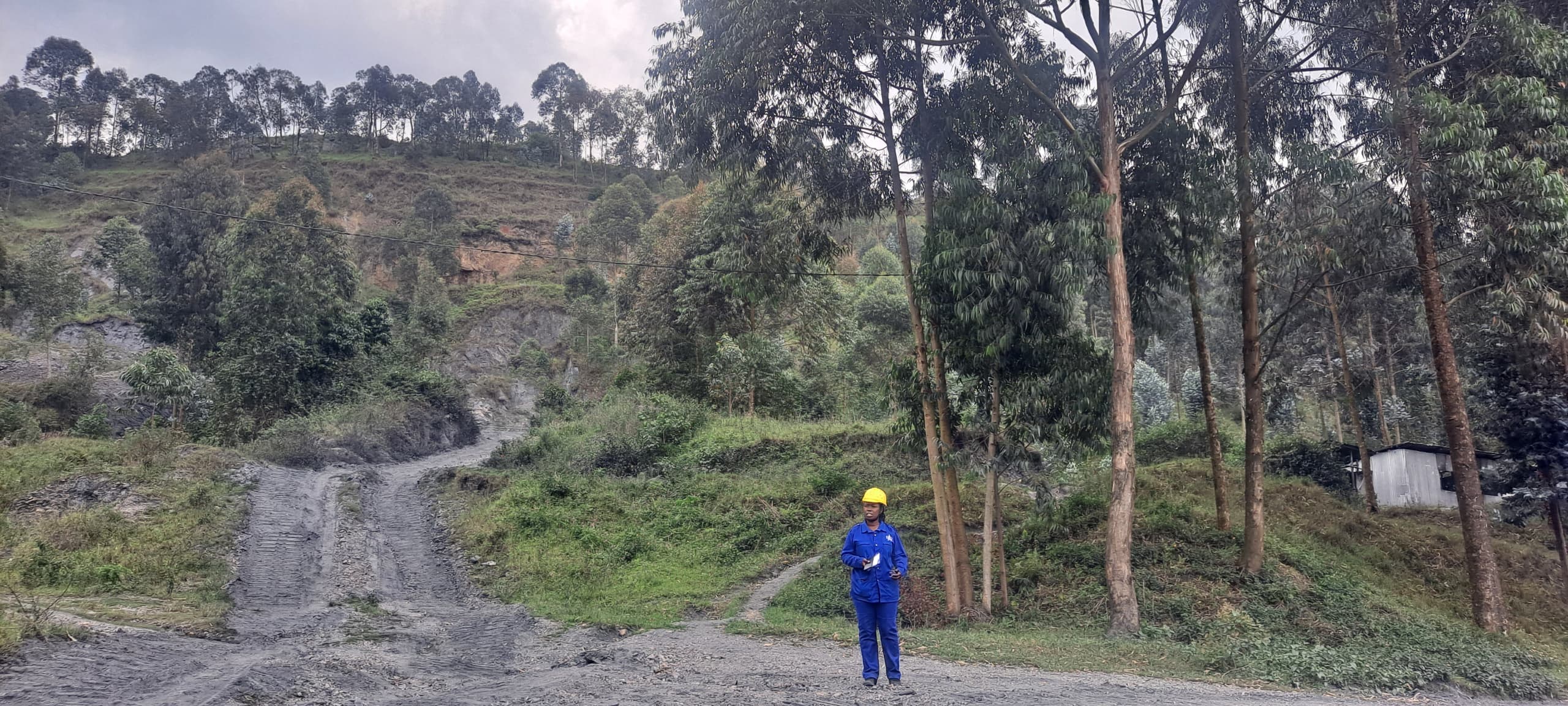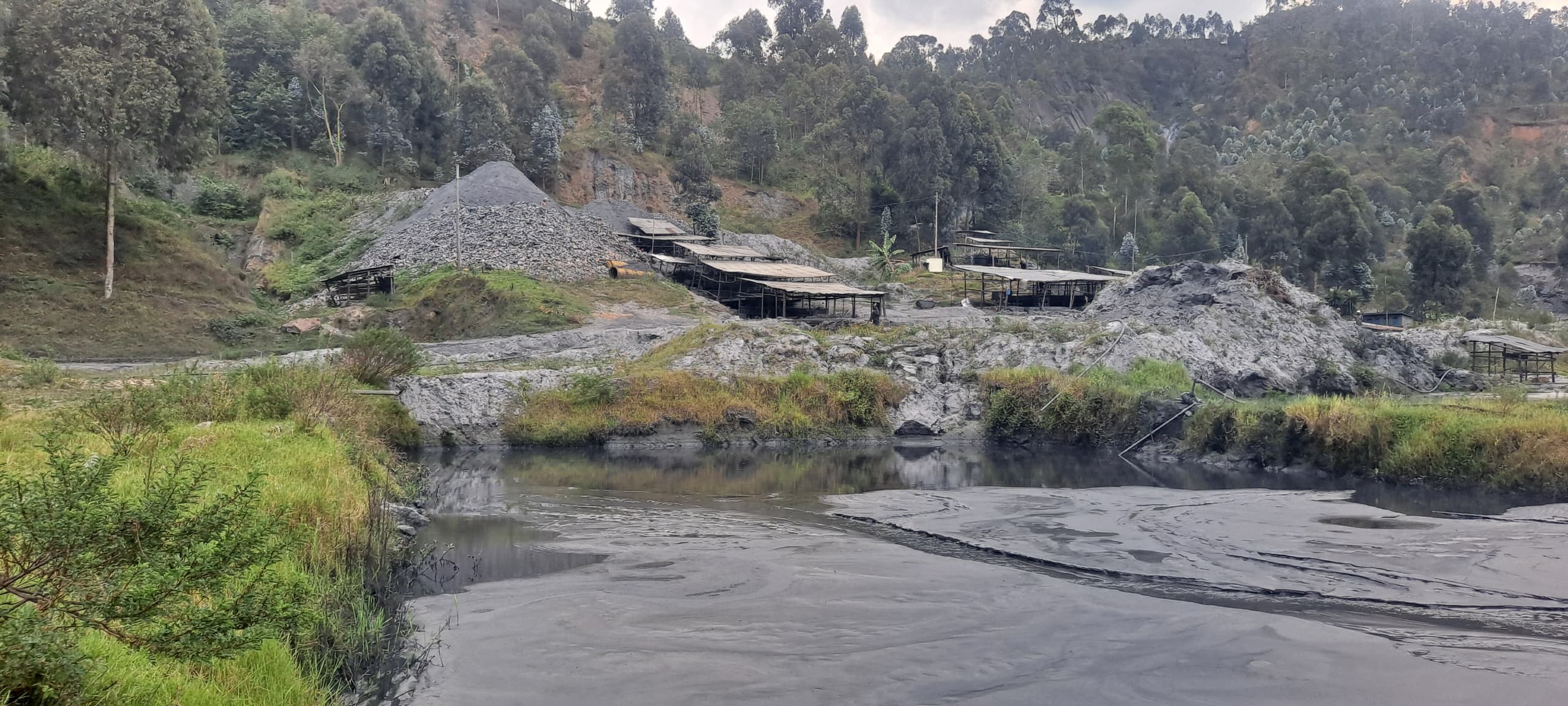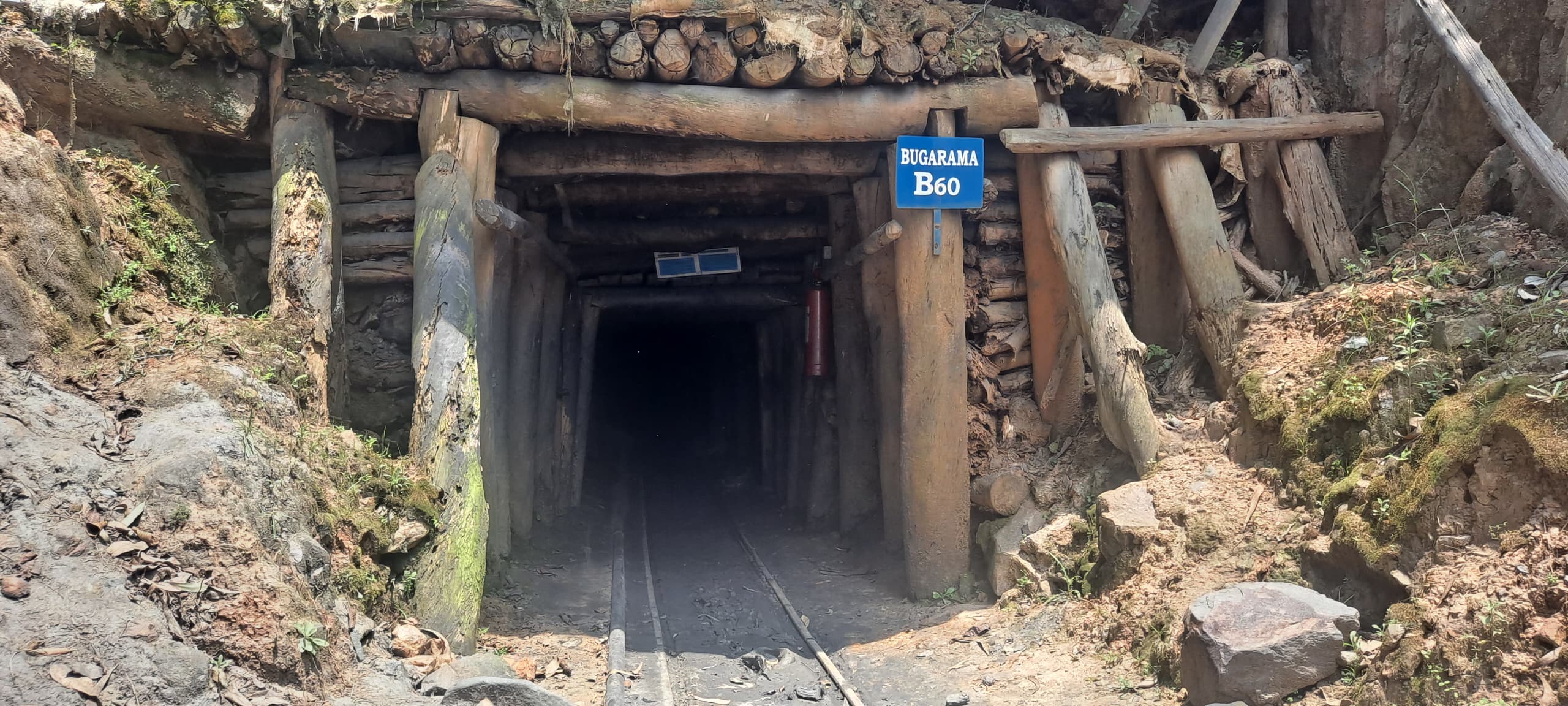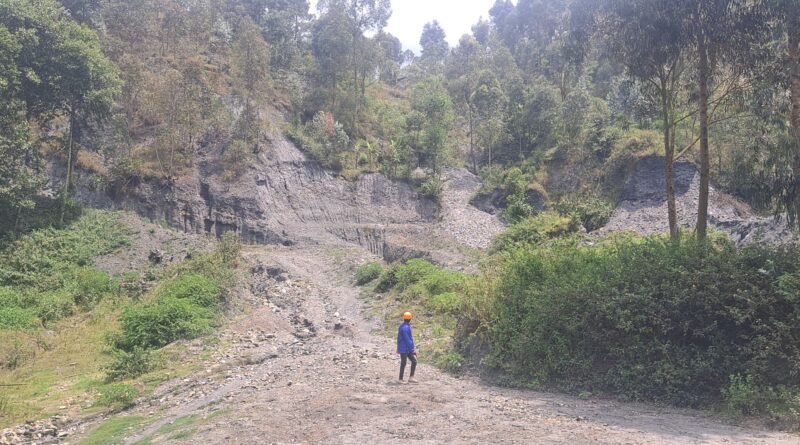Mining and Quarrying can have severe environmental consequences
Mining and quarrying, if not properly managed, can cause severe environmental damage. Poorly regulated mining, illegal extraction, and quarrying for soil, sand, and ordinary stones pose a significant threat to ecosystems.
This concern was highlighted by the Rwanda Environment Management Authority (REMA) in an interview with Greenafrica.rw, where they emphasized that such activities must be preceded by an environmental impact assessment that considers agriculture, the well-being of nearby residents, and the safety of workers involved in these operations.
Beatha Akimpaye, the Director of Environmental Compliance and Law Enforcement, pointed out that while mining and quarrying create jobs and generate income, they can also cause serious issues such as soil erosion, landslides, climate change, deforestation, and health problems if not properly managed.
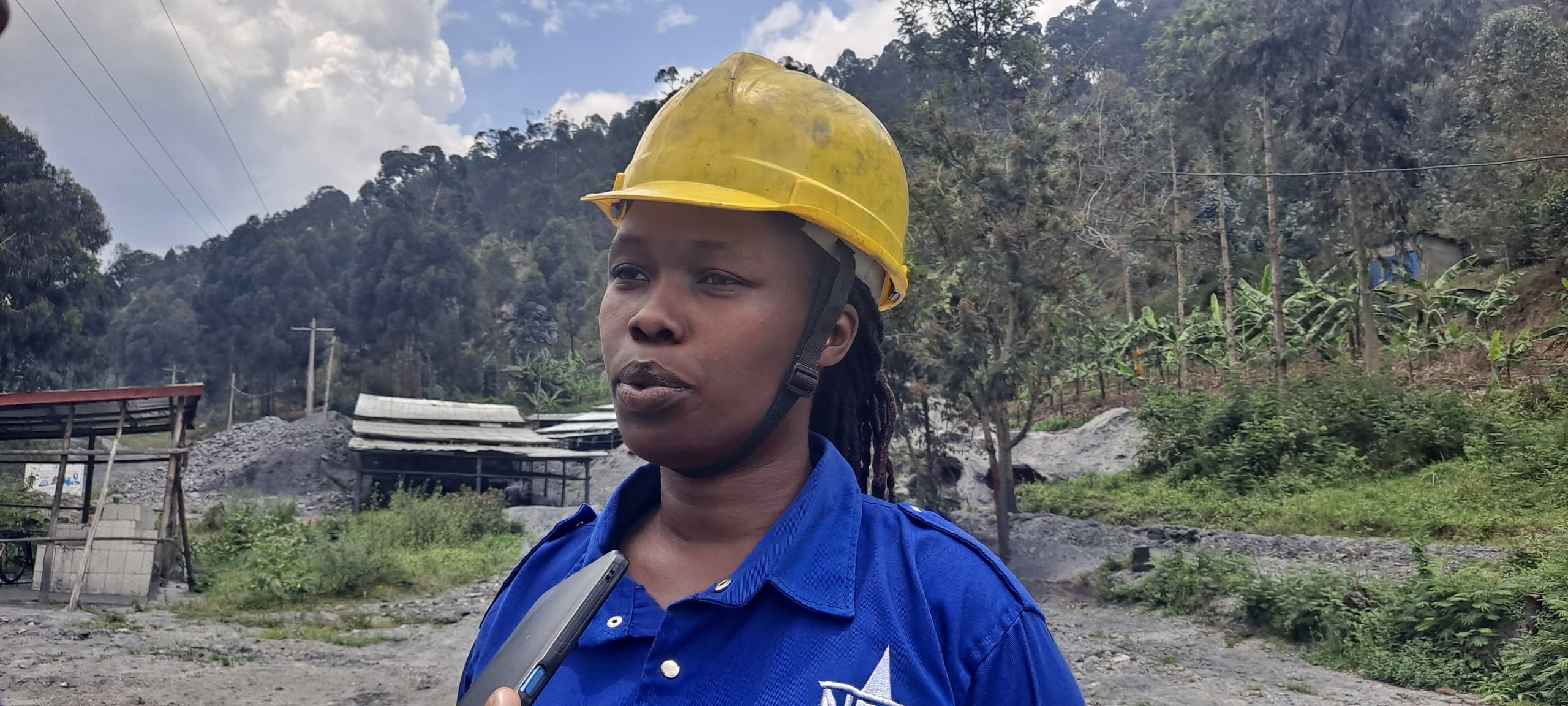
“These activities indeed generate money for both citizens and the country, supporting development efforts. However, when they are carried out without consideration for the environment and people’s well-being, they lead to disasters. Hills may collapse, soil erosion may increase, and communities may be endangered.
That is why the Ministry of Environment, in collaboration with other government institutions like RMB, REMA, and others, ensures that mining operations comply with existing laws.”
At New Bugarama Mining (NBM) in Kagogo Sector, Burera District, tungsten ore has been extracted for several years.
The mining method used involves underground mining, which requires initial clearing of land, potentially can somehow leading to soil erosion, deforestation, and increased runoff that may damage surrounding farms and infrastructure.
Ange Nadine Ashimwe, Head of Health, Safety, and Environment at New Bugarama Mining, explained how they mitigate environmental risks associated with their mining activities.
“NBM conducts underground mining, which itself is not highly destructive, except during the preparation phase when we create access tunnels.
During this process, we implement mitigation measures such as refilling pits once mining is completed and replanting trees in the affected areas. Our company has a 30-year operational license, and once we finish work in a given area, we restore the land to its original state.”
Because mountains absorb a lot of rainwater, mining in such areas can increase the risk of landslides. Ashimwe described how NBM prevents accidents related to ground collapse.
“During heavy rainfall, we dig channels to direct water away from excavation sites and prevent flooding. We also use a technique called timbering, where we reinforce tunnels with wooden supports. This method is 98% reliable, and over the past five years, we have had no fatal accidents.”
Despite mining companies implementing preventive measures, Beatha from REMA emphasized that environmental degradation remains a concern. She reaffirmed that companies violating regulations can face penalties, including suspension of their activities.
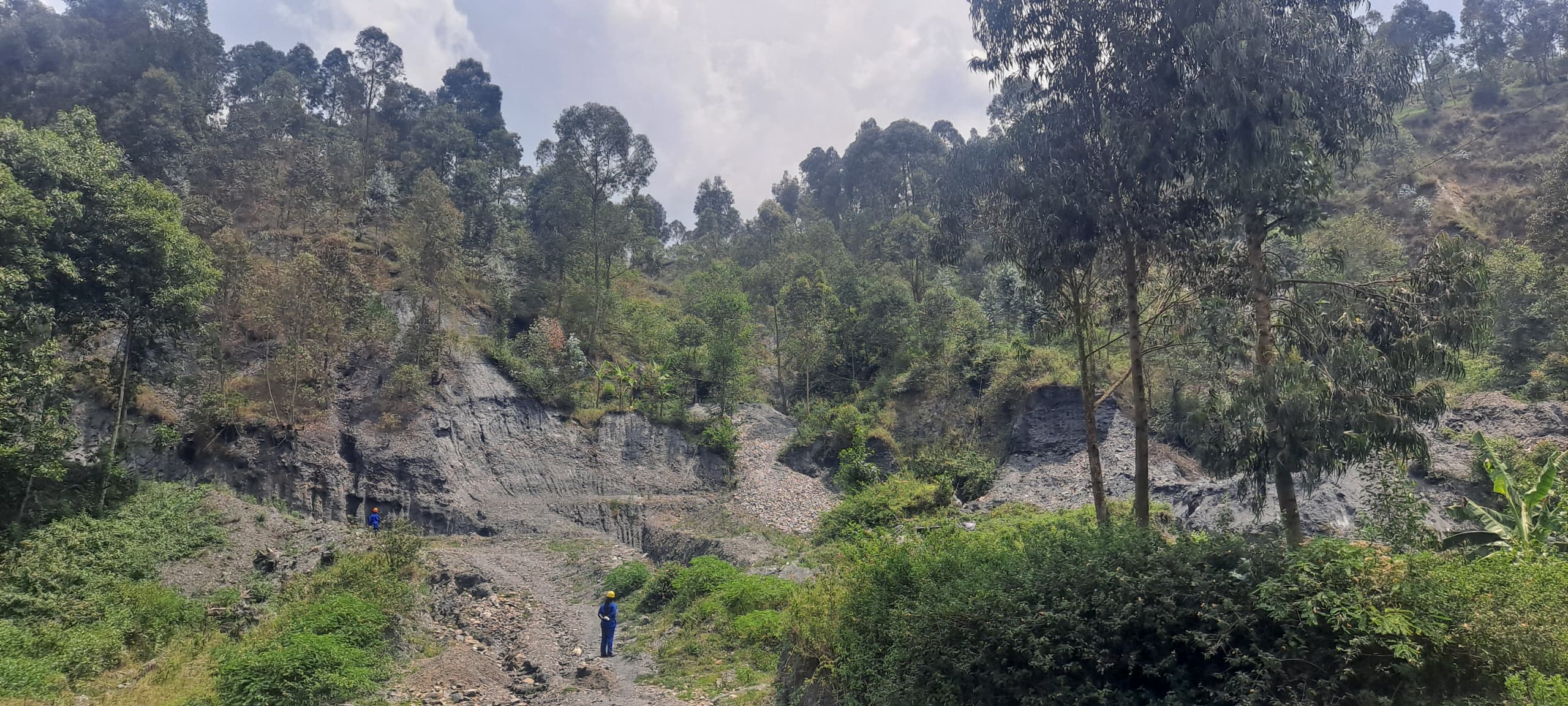
“Anyone planning to start a quarry or mining project must first conduct an Environmental Impact Assessment (EIA) before obtaining permits from RMB or local authorities. The purpose of this study is to evaluate the project’s potential impacts on the environment and nearby communities.”
She further detailed the requirements of the EIA, explaining that it assesses potential risks such as soil erosion, deforestation, water pollution, and health hazards for workers. “It also develops strategies to mitigate these risks, including reforestation, water conservation, and ensuring worker safety.
The study must outline a plan for land restoration once mining operations are complete. Government authorities are responsible for monitoring mining activities to ensure compliance. If a company causes significant environmental damage, corrective measures are required. If violations persist, mining operations may be suspended.”
She continued, “A mining license grants the right to extract minerals, but it does not permit environmental destruction. If a company fails to comply with regulations, it is first warned and given time to make corrections. If necessary, operations can be halted until compliance is achieved.”
New Bugarama Mining Company began operations in 2009, taking over from a previous mining entity known as Mine Bugarama. The company has since invested in modern mining technology, improved protective equipment, and adopted better environmental management practices to align with Rwanda’s sustainability goals.
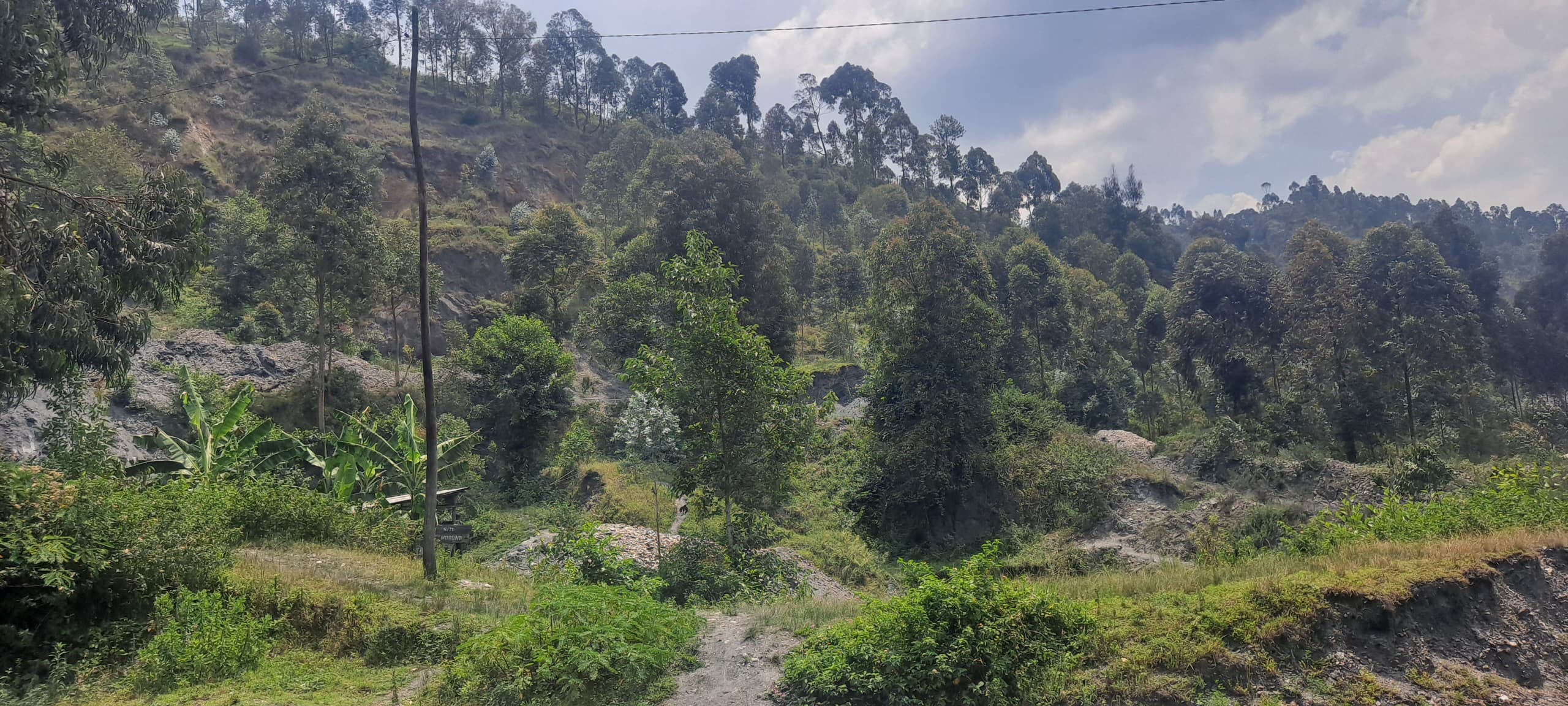
Mining and quarrying are vital economic activities in Rwanda. However, if not properly managed, they can lead to severe environmental degradation. To address these risks, environmental laws require companies to adopt specific measures to protect natural resources and local communities.
The legal framework mandates an Environmental Impact Assessment before any mining operation begins, ensuring that companies evaluate potential effects on land, water, air, and nearby populations. They must implement mitigation measures, such as responsible blasting, water conservation, and land restoration.
All mining operations must adhere to national laws and international best practices, with penalties imposed on those who violate regulations, including fines, suspension, or legal action.
To strengthen environmental protection, the Rwandan government is working on an updated mining law to address existing regulatory gaps and enforce stricter environmental safeguards.
While mining is crucial for Rwanda’s economic growth, it must be conducted in an environmentally responsible manner. Strict enforcement of environmental laws will help minimize negative impacts, ensuring that mining contributes to sustainable development.
